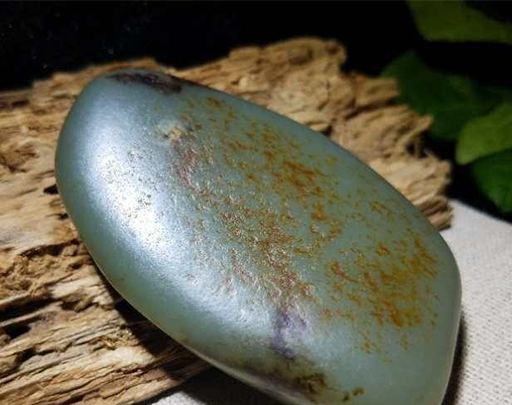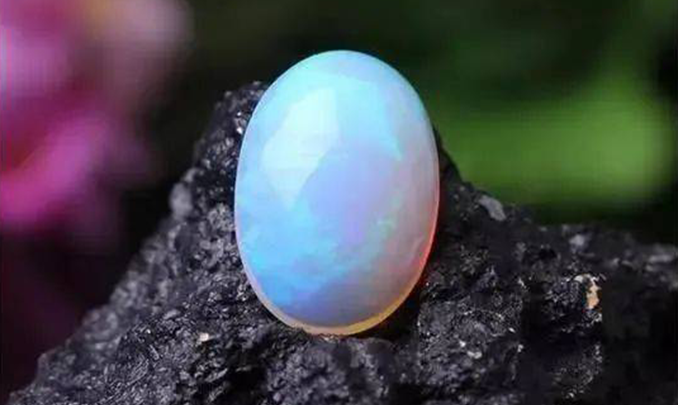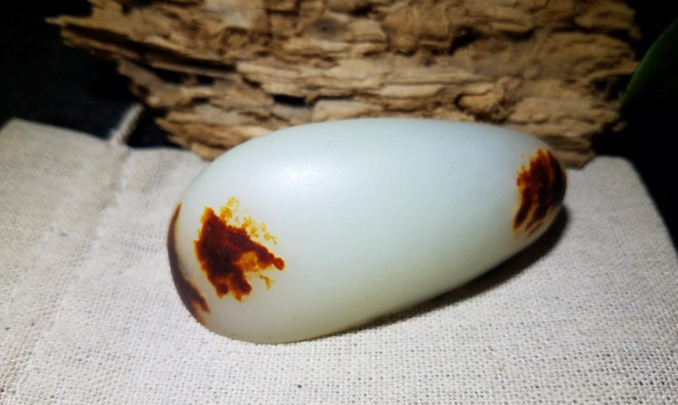
Be Careful! Do You Know What is Dyed Jade?
Dyed jade refers to natural jade that has been artificially altered in color through a dyeing process to enhance its appearance or cover imperfections. This type of jade typically uses natural or synthetically produced jade as raw material, and the dye is introduced into the jade through soaking, brushing, or injection methods to change its color.

Methods for Identifying Dyed Jade
Observe Color Distribution: The color distribution on dyed jade is usually uneven, with varying shades and blurred boundaries. In contrast, natural jade has naturally distributed colors with smooth transitions and clear boundaries.
Inspect the Surface: During the dyeing process, dye may seep into the cracks of the jade, forming distinct color bands. Natural jade typically does not have color in its cracks. Additionally, the surface of jade may have dye residues, showing an unnatural luster.
Translucent Observation: Place the jade under a light source and observe it through transmission. The color of dyed appears dull under transmitted light, while natural jade’s colors are more vibrant.
Water Drop Test: Place a drop of water on the surface of the jade and observe its spreading. Natural jade has a smooth surface, and the water droplet does not spread easily, whereas dyed jade may show roughness due to dye treatment, allowing the water droplet to spread.

Use UV Light: Dyed one usually shows a bright fluorescent reaction under a UV light. If the jade shows strong color changes under UV light, it might be dyed.
Infrared Spectroscopy Analysis: This high-tech detection method analyzes the vibration and rotation of molecular structures on the jade’s surface, helping to determine the presence of dye molecular structure characteristics.
Advantages and Disadvantages
Advantages: Dyed jade offers a variety of colors through dyeing techniques, meeting consumers’ color preferences. In some cases, it can be more valuable than its original color counterpart, especially when in high demand.
Disadvantages: The quality of dyed is affected by various factors, including dyeing techniques and dye quality, leading to instability. Its lifespan is limited, as the color may fade over time, affecting its appearance and durability.
Current Market Status of Dyed Jade
Dyed jade occupies a certain share in the market, particularly common in lower-end markets. Most consumers lack the ability to identify , making them susceptible to deception by unscrupulous vendors.
